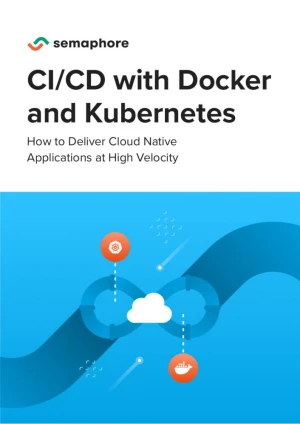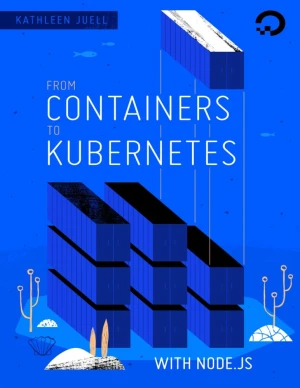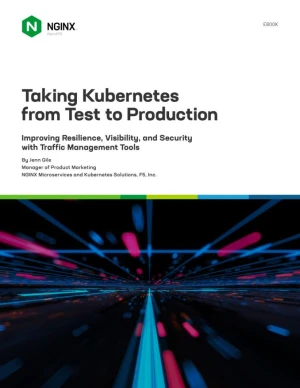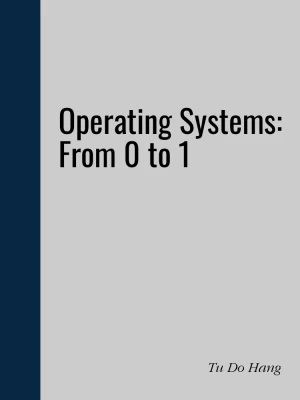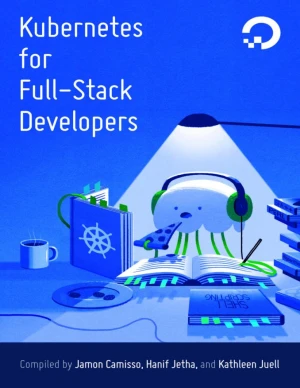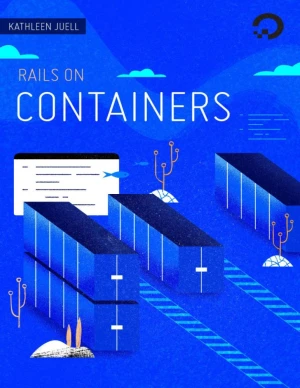Container Networking
From Docker to Kubernetes
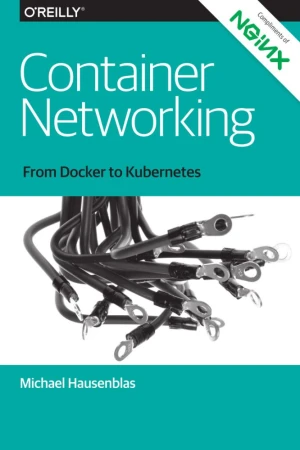
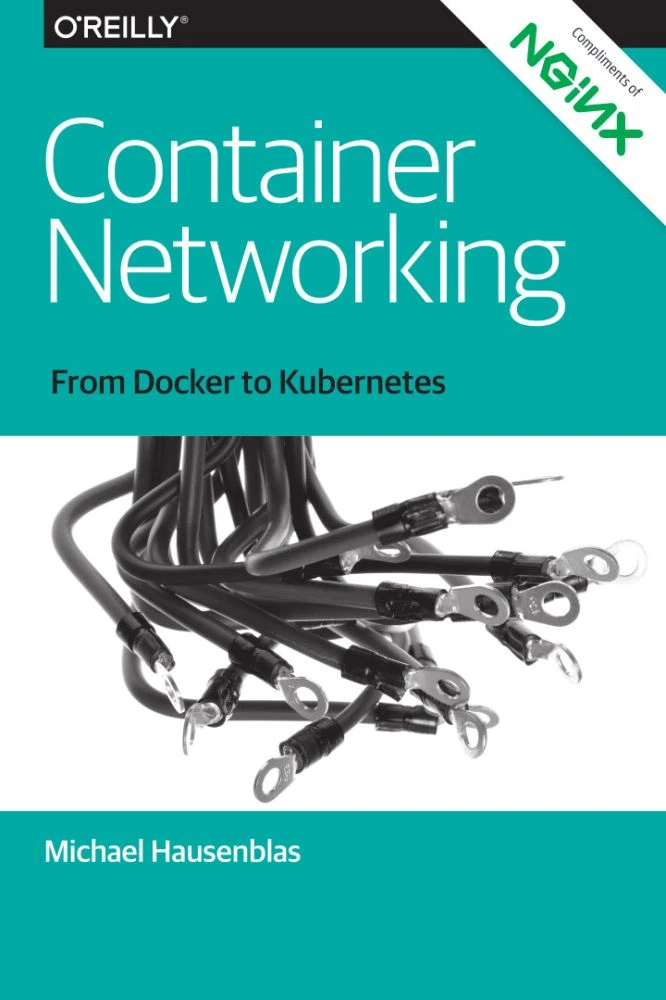
Book Details
| Author | Michael Hausenblas |
| Publisher | O'Reilly Media |
| Published | 2018 |
| Edition | 1st |
| Paperback | 72 pages |
| Language | English |
| ISBN-13 | 9781492036814 |
| ISBN-10 | 1492036811 |
| License | Compliments of Nginx |
Book Description
When you start building your first containerized application, you're excited about the capabilities and opportunities you encounter: it runs the same in dev and in prod, it's straightforward to put together a container image using Docker, and the distribution is taken care of by a container registry.
So, you're satisfied with how quickly you were able to containerize an existing, say, Python app, and now you want to connect it to another container that has a database, such as PostgreSQL. Also, you don't want to have to manually launch the containers and implement your own system that takes care of checking if the containers are still running and, if not, relaunching them.
At this juncture, you might realize there's a challenge you're running into: container networking. Unfortunately, there are still a lot of moving parts in this domain and there are currently few best practice resources available in a central place. Fortunately, there are tons of articles, repos, and recipes available on the wider internet and with this book you have a handy way to get access to many of them in a simple and comprehensive format.
This book is published as open-access, which means it is freely available to read, download, and share without restrictions.
If you enjoyed the book and would like to support the author, you can purchase a printed copy (hardcover or paperback) from official retailers.
Download and Read Links
Share this Book
[localhost]# find . -name "*Similar_Books*"
CI/CD with Docker and Kubernetes, 2nd Edition
Containers change how developers build, test, and deploy code. Adopting them takes time, and using them incorrectly can slow down the delivery process. Not every organization has a dedicated team of engineers to focus on this transition, unlike companies such as Spotify or Netflix. A startup CTO, for example, may need to prioritize shipping feature
From Containers to Kubernetes with Node.js
This book is designed as an introduction to containers and Kubernetes by way of Node.js. Containers are the basis for distributed, repeatable workflows with orchestrators such as Kubernetes, and they allow developers and operators to develop applications consistently across environments and deploy in a repeatable and predictable fashion. The exampl
Taking Kubernetes from Test to Production
With Kubernetes came many new concepts, particularly around networking and traffic management. Alongside these new concepts were entirely new classes of tools, designed for ephemeral, containerized, and distributed application deployments. In particular, Ingress controllers and service meshes did not exist prior to the Kubernetes era. Nor were Laye
Operating Systems: From 0 to 1
This book helps you gain the foundational knowledge required to write an operating system from scratch. Hence the title, 0 to 1. After completing this book, at the very least you will learn: - How to write an operating system from scratch by reading hardware datasheets. In the real world, it works like that. You won't be able to consult Google for
Kubernetes for Full-Stack Developers
Whether you're just curious, getting started with Kubernetes, or have experience with it, this curriculum will help you learn more about Kubernetes and running containerized applications. You'll learn about core Kubernetes concepts and use them to deploy and scale applications in practical tutorials. By the end of this curriculum you'll be able to
Rails on Containers
This book is designed to introduce you to using containers and Kubernetes for full-stack development. You'll learn how to develop a full-stack application using Ruby on Rails and PostgreSQL with Sidekiq, and how to manage them all - first with Docker, then with Docker Compose, and finally with Kubernetes. The topics that it covers include how to: -

